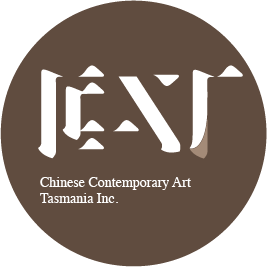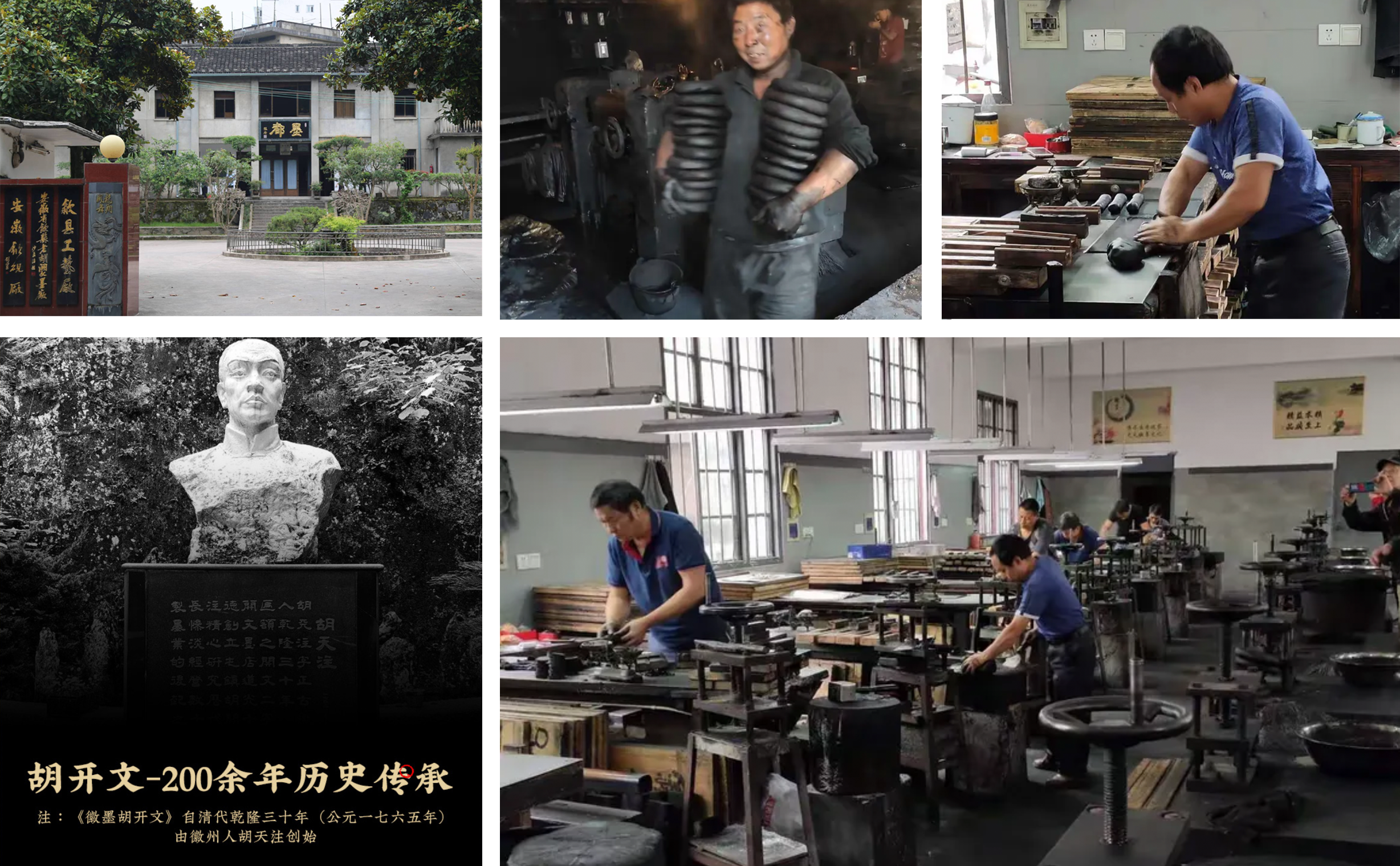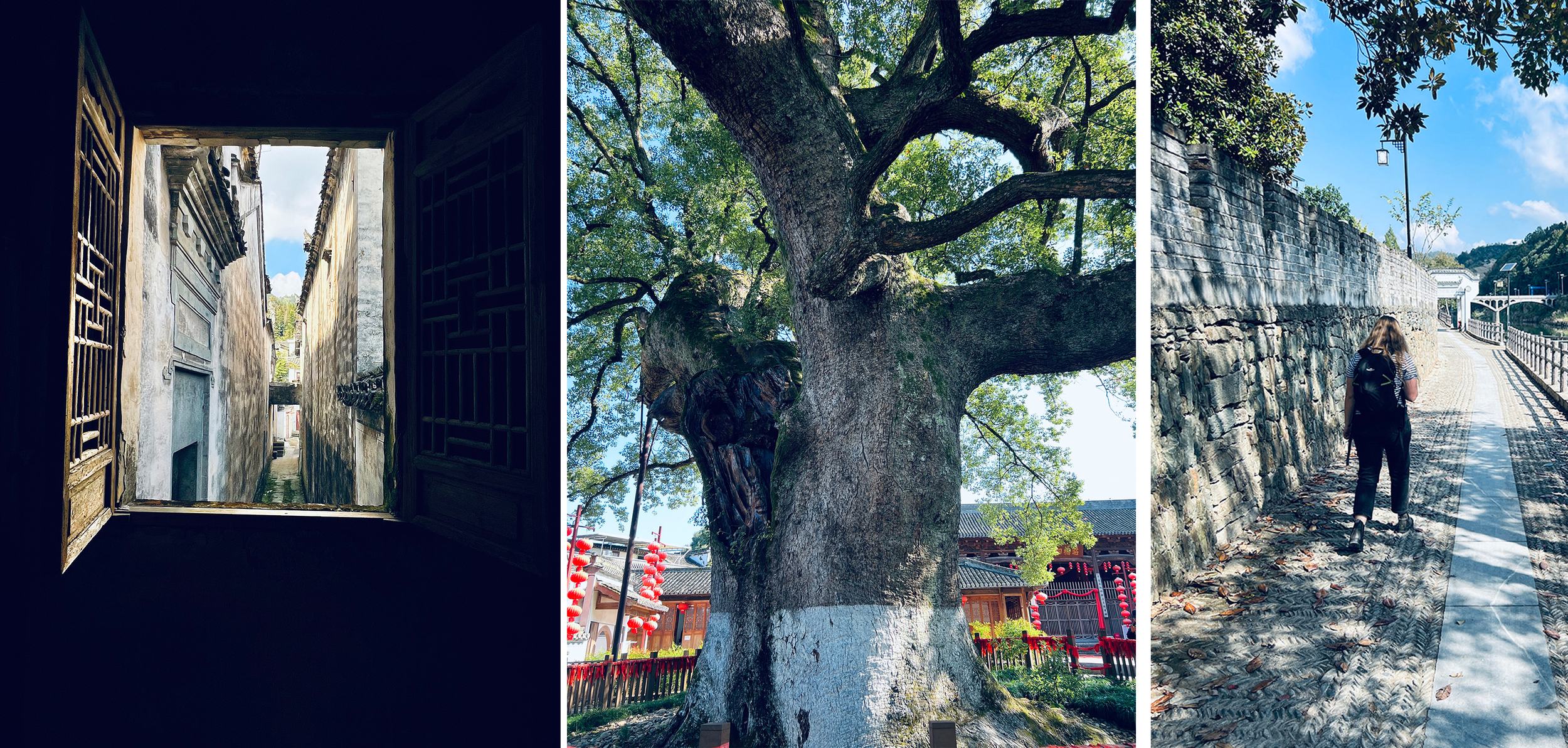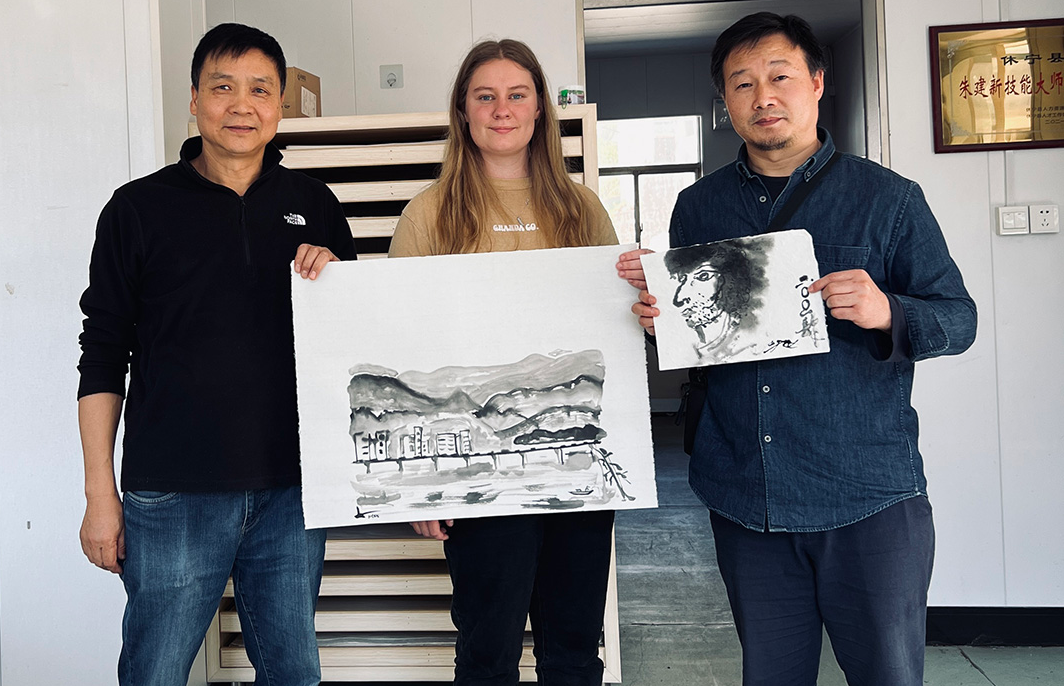Tasmania Artist's Residency Report in Huangshan
On November 1st, as Typhoon Connie approached, we departed from downtown Hangzhou towards She County in Anhui Province, the cultural homeland of southern Anhui's ancient Huizhou. The purpose of this trip was to explore the culture of ancient Huizhou. Ancient Huizhou has left behind numerous cultural treasures throughout Chinese history, including original rural landscapes with ancient residences, primarily architectural structures from the Ming and Qing dynasties.
Ancient City of HuiZhou, Huangshan, China
These feature distinctive architectural layouts and exquisite brick, wood, and stone carvings. The ancient Huizhou prefecture walls and memorial archways, along with three of the four traditional Chinese scholarly treasures still used today - ink sticks, inkstones, and Xuan paper - embody the profound civilization of the Ming and Qing dynasties. The area also includes Huangshan (Yellow Mountain), renowned as a UNESCO World Cultural and Natural Heritage site and Global Geopark.
Brick, wood, stone carving
We visited the Old Hu Kaiwen Ink Factory in She County, famous in Japan and Korea for traditional Huizhou ink sticks and inkstones, where we observed the ink-making process and craftsmanship up close, gaining appreciation for the ancient ink makers' challenging work. We also watched the stone selection, carving, and finishing processes for inkstones. Hope particularly enjoyed this and purchased some items as souvenirs. For our third stop, we visited Master Pan's studio, a successor of Hui-style woodcarving, and engaged in discussions.
Old Hu Kaiwen Ink Factory in She County
ink stone and ink stick
During this trip, we traveled along the scenic Xin'an River and visited the Ming Dynasty ancestral hall of the Wu family in Changxi Ancient Town, She County. The ancient village, nestled quietly in the mountains, features massive wooden pillars and smooth, jade-like stone column bases, with magnificent hall spaces.
Changxi Ancient Town
Hui school wood carving
Our fourth stop was the Jingxian Xuan Paper Research Institute, where we had an in-depth exchange with Mr. Zhu Jianxin, an intangible cultural heritage inheritor and factory director. Director Zhu guided us through each production step, explaining and allowing me to test different papers with ink. We were impressed by the factory's tireless efforts in preserving and developing traditional Xuan paper craftsmanship, noting that they supply 70% of Japan's Abuzen paper, as well as paper for Palace Museum restoration and the Chinese Winter Olympics. We gained extensive knowledge about traditional Xuan paper craftsmanship, making the visit truly worthwhile.
Chinese rice paper factory in Jin county
Paper trial
Works for paper trial
The final stop was the scenic Huangshan, where Hope could surely experience the characteristics and features of traditional Chinese art. Notably, on the way from the paper factory, she was already contemplating how to integrate this cultural art form with Western art. We look forward to seeing how these different civilizations, through artists' residency activities and deep experiential understanding, will ultimately bloom and bear fruit in artistic creation.















